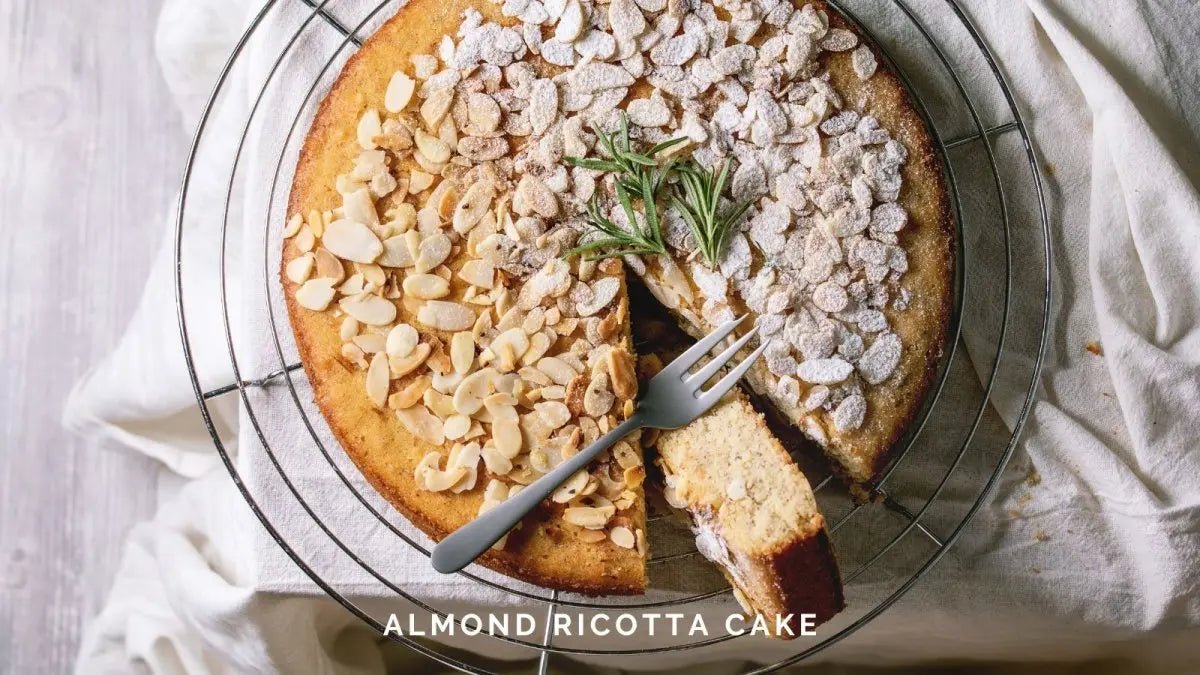
Roses are often called the "queen of flowers" for their timeless beauty and fragrance. If you're dreaming of a rose garden that blooms vibrantly year after year, here's a detailed guide on how to achieve just that.
Choosing the Right Soil for Roses
The foundation of any healthy plant begins with the soil, and roses are no exception . The ideal soil for roses is loamy—a balanced mix of sand, silt, and clay. Loamy soil retains moisture without becoming waterlogged. If your garden soil is clay-heavy, you can improve its drainage by adding organic matter such as compost or well-rotted manure. Sandy soils, on the other hand, should be enriched with organic matter to help retain moisture.
Roses prefer slightly acidic to neutral soil, with a pH range of 6.0 to 6.5. If the pH is too low (acidic) or too high (alkaline), your roses may struggle to absorb essential nutrients. A simple soil test can help you adjust the pH. Lime can raise pH levels, while sulfur can lower them.
Mulching with organic materials like wood chips or straw helps retain moisture, keep weeds at bay, and improve the soil’s structure over time.
The Right Temperature and Climate for Roses
Roses are hardy plants, but they do have specific temperature needs to thrive.
Optimal Growing Temperature: Most roses perform best in temperatures between 60°F and 70°F (15°C-21°C). While they can survive warmer climates, extreme heat above 90°F (32°C) can stress the plant, leading to smaller blooms and wilted leaves.
Sunlight: Roses need at least six hours of direct sunlight each day to produce vibrant blooms. In hotter regions, it's beneficial to give them some shade during the hottest part of the day to prevent scorching.
Winter Care: In colder climates, roses require some protection from freezing temperatures. Before the first frost, mound soil or mulch around the base of the plant to insulate the roots. For added protection, you can wrap the stems in burlap or a frost cloth.
Watering Roses Correctly
One of the most common challenges gardeners face is knowing how much and when to water roses. Here’s a breakdown:
Frequency: Water roses deeply but infrequently. Typically, they require 1-2 inches of water per week, depending on the climate and soil conditions. During hot, dry periods, you may need to water more frequently. Avoid shallow watering, as it encourages roots to stay close to the surface, making the plant more susceptible to drought.
Best Time to Water: Water your roses in the morning. This gives the leaves time to dry throughout the day, reducing the risk of fungal diseases. Watering in the evening may leave the foliage damp overnight, which can invite disease.
Watering Method: Use drip irrigation or water at the base of the plant rather than overhead to avoid wetting the leaves. Wet foliage is a common cause of fungal diseases in roses, such as black spots and powdery mildew.
Common Problems and How to Solve Them
Growing roses does come with its challenges, but most issues can be managed with early detection and care.
Pests:
Aphids: These small, sap-sucking insects can weaken your roses and stunt growth. You can control them with insecticidal soap or a strong blast of water to knock them off the plant.
Japanese Beetles: These pests chew through leaves and can cause significant damage. Handpick them or use traps to manage infestations.
Diseases:
Black Spot: A fungal disease that causes black spots on the leaves and can lead to leaf drop. To prevent it, ensure good air circulation around the plant and water at the base. If it appears, remove affected leaves and treat them with a fungicide.
Powdery Mildew: This appears as a white, powdery coating on leaves and stems. It thrives in warm, dry conditions. To prevent it, avoid overhead watering and ensure your plants are well-spaced to allow air circulation.
Nutrient Deficiencies:
Yellowing Leaves (Chlorosis): This is often a sign of iron deficiency. You can correct it by applying a chelated iron supplement to the soil.
Poor Blooms: If your roses are producing few or small blooms, they may need a balanced fertiliser. Look for a formula like 10-10-10 (Nitrogen, Phosphorus, Potassium) or use a specialised rose fertiliser.
Pruning for Healthier Roses
Pruning helps stimulate growth, encourages better blooms, and maintains the plant's shape.
When to Prune: Prune roses in the early spring when the first new growth appears. This will invigorate the plant and prepare it for the growing season.
How to Prune: Use clean, sharp pruning shears. Cut at a 45-degree angle just above a bud that faces outward. Remove any dead or diseased wood and thin out crowded branches to improve air circulation.
Deadheading: Regularly remove spent blooms (deadheading) to encourage the plant to produce more flowers. Cut just above a set of five leaves to promote vigorous growth.
Feeding Your Roses
Roses are heavy feeders, so fertilising them regularly ensures a continuous supply of nutrients.
Fertiliser Schedule: Feed roses with a balanced fertiliser in early spring after pruning, again after the first bloom cycle, and once more in mid-summer. Be sure to water thoroughly after applying fertiliser to avoid root burn.
Organic Options: Consider using organic fertilisers like compost or well-rotted manure. They release nutrients slowly and improve soil structure over time.
With the right care, roses can be a stunning addition to your garden. Roses reward patience and attention with some of the most beautiful blooms you’ll ever see, so enjoy the process!
By following these tips, you’ll soon be well on your way to growing the perfect roses in your garden!


























